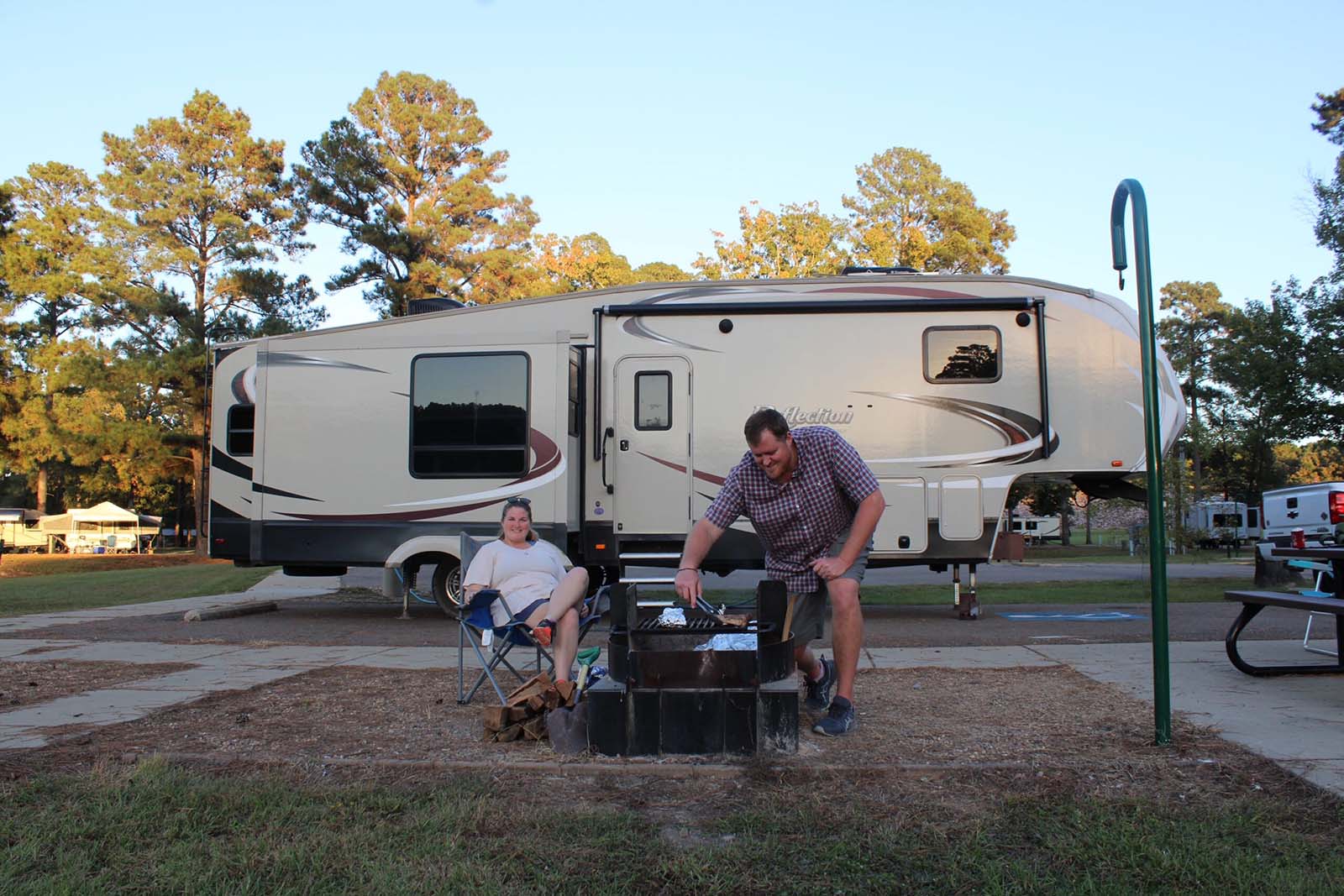Title: Understanding Battery Disconnect on an RV: A Guide for RV Enthusiasts

Introduction: Battery disconnect plays a crucial role in the functioning and maintenance of an RV. Whether you’re a seasoned RV owner or a newcomer to the world of recreational vehicles, knowing how the battery disconnect system works can save you from unnecessary headaches and ensure a smooth journey. In this article, we will explore the concept of battery disconnect, its significance, and how to effectively utilize it.
1. What is Battery Disconnect on an RV? H2: Understanding the Basics
When we talk about battery disconnect on an RV, we refer to a switch that allows you to completely cut off power from your RV’s batteries. This feature is particularly useful when your vehicle is in storage or not in use for an extended period. By disconnecting the batteries, you prevent any unnecessary drain, prolonging the battery life and ensuring they remain charged and ready when you need them.

2. Significance of Battery Disconnect H2: Why is it Important?
H3: Prevent Battery Drain One of the primary reasons for using a battery disconnect on an RV is to prevent battery drain. Many devices, such as smoke detectors and clocks, continue to draw power even when the RV is not in use. By disconnecting the batteries, you eliminate the risk of depleting them and ensure they retain their charge for the next adventure.
H3: Protection Against Electrical Surges Another crucial advantage of employing a battery disconnect is protection against electrical surges. If your RV is connected to a power source during a storm or power outage, it’s vulnerable to powerful surges that could damage your electrical system. By disconnecting the batteries, you minimize the chances of such surges wreaking havoc.

3. Types of Battery Disconnects H2: Exploring the Options
H3: Manual Disconnect Switch The most common type of battery disconnect switch is the manual switch. As the name suggests, this switch enables you to manually disconnect the batteries from the entire RV system. It is a straightforward and reliable method to cut off power when needed.
H3: Remote Control Disconnect Switch For added convenience, you may opt for a remote control disconnect switch. This type allows you to disconnect or reconnect the batteries remotely, without the need to physically access the disconnect switch. It proves beneficial in easily controlling and managing the power supply from a distance.
4. Proper Maintenance and Usage H2: Key Guidelines
H3: Regular Inspection Ensure that you periodically inspect the battery disconnect switch for any signs of wear, damage, or corrosion. Address any issues promptly to extend the life and functionality of the switch.
H3: Battery Preservation When storing your RV for an extended period, it is advisable to disconnect the batteries to prevent self-discharge and maintain their overall health. Additionally, keep the batteries clean, properly charged, and away from extreme temperatures.
Conclusion: Understanding battery disconnect is vital for every RV owner. By utilizing this feature effectively, you can prevent unnecessary battery drain, protect against electrical surges, and ultimately extend your battery’s lifespan. Choose the right type of disconnect switch and ensure proper maintenance to enjoy worry-free RV journeys. Remember, a little effort to preserve your RV batteries will go a long way in enhancing your overall travel experience.

